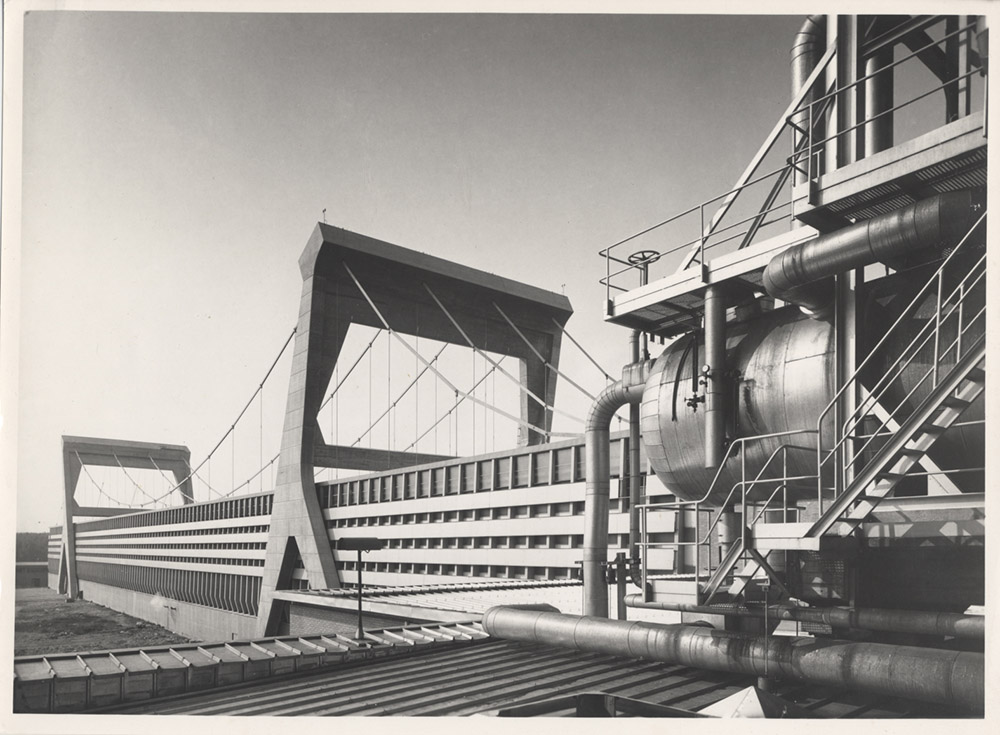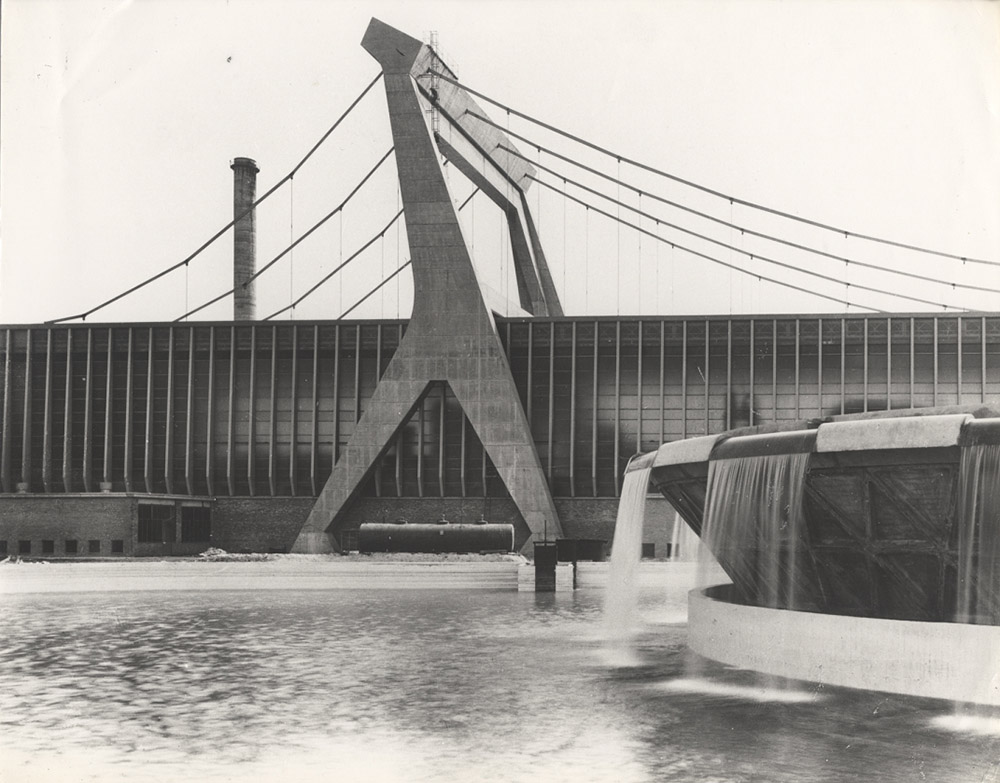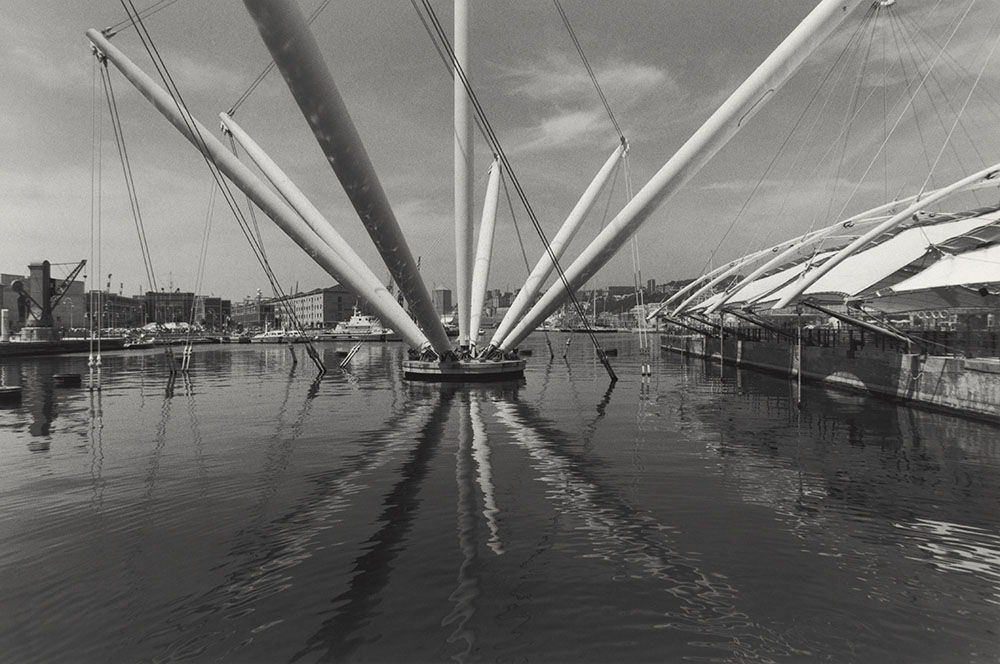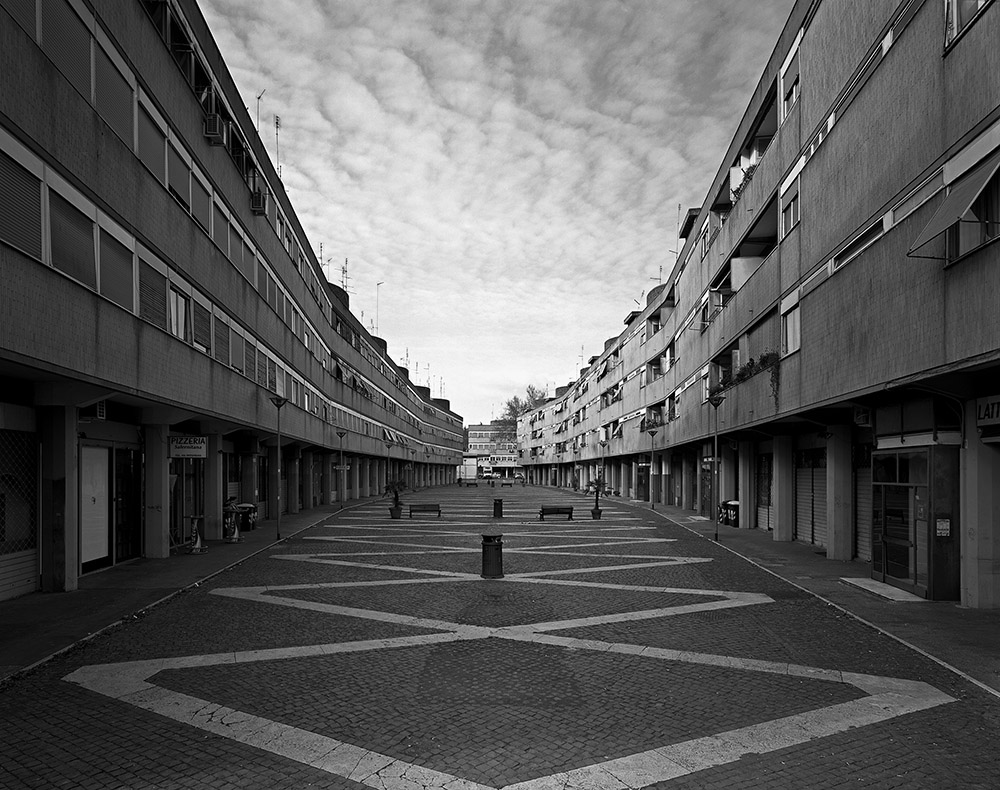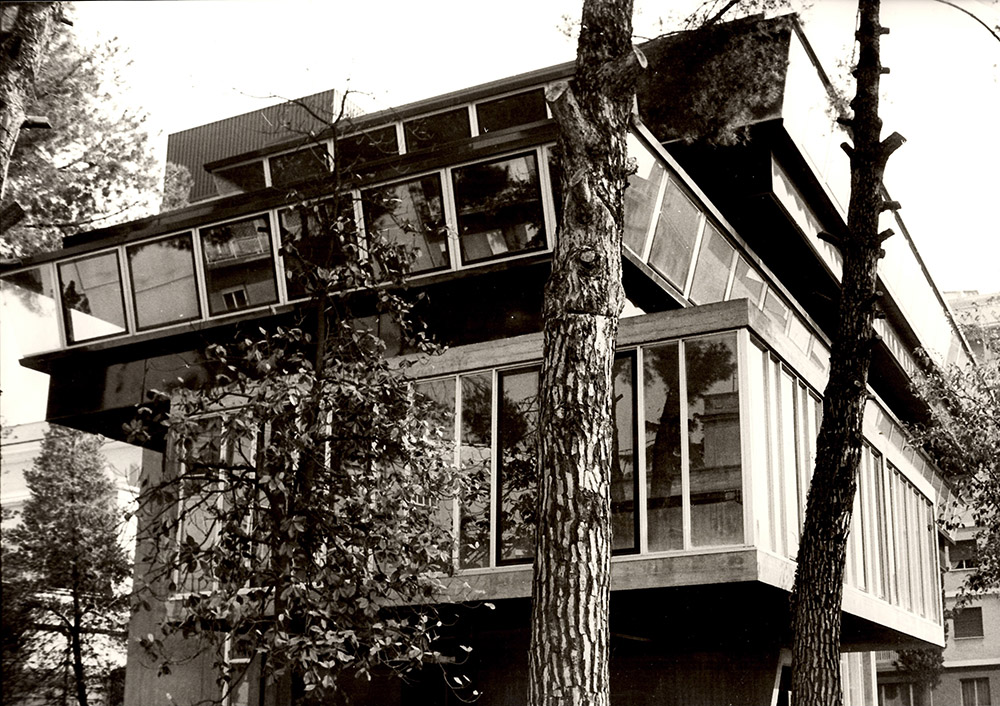ARCHITECTURE:Bruno Zevi’s Architects
 Bruno Zevi (22/1/1918-9/12000) was an Italian architect, historian, professor, curator, author, and editor. Zevi was a vocal critic of “classicizing” modern architecture and postmodernism. Zevi’s major contribution to architectural theory was what he called “Organic architecture,” a term apparently coined by Frank Lloyd Wright in 1908. Zevi was deeply opposed to both the cold, ahuman modernism of Gropius and the abstract principles of order, proportion and symmetry that governed classical forms.
Bruno Zevi (22/1/1918-9/12000) was an Italian architect, historian, professor, curator, author, and editor. Zevi was a vocal critic of “classicizing” modern architecture and postmodernism. Zevi’s major contribution to architectural theory was what he called “Organic architecture,” a term apparently coined by Frank Lloyd Wright in 1908. Zevi was deeply opposed to both the cold, ahuman modernism of Gropius and the abstract principles of order, proportion and symmetry that governed classical forms.
By Dimitris Lempesis
Photo: MAXXI Archive
On the occasion of the centenary of Bruno Zevi’s birth, MAXXI is devoting to him the exhibition “Zevi’s Architects. History and counter-history of Italian architecture 1944-2000”. Presenting magazines, books, posters and audio and video documentation of his work and materials relating to the built projects of 38 of the architects he promoted. The exhibition focuses on the multifaceted figure of Zevi (lecturer, critic, politician, designer, indefatigable “agitator” of the cultural debate and great communicator) and the architects who, in the various phases of his life, he chose to support and promote, among them: Carlo Scarpa, Pier Luigi Nervi, Piero Sartogo, Renzo Piano, Franco Albini and Maurizio Sacripanti. The exhibition has been structured as a large studio, with tables, shelves and bookcases. The walls feature a number of key citations from the critic, alternating with photographs, videos, books and magazine capable of recounting his commitment and his multiple interests. All this acts as a backdrop to drawings, models and visual materials that, distributed on tables and various supports, illustrate projects by the many architects involved. Their projects, published and supported by the critic, accompanied Zevi through over the 50 years of his critical and militant career. Among the projects are a number of masterpieces of Italian architecture: the Bridge over the Basento built at Potenza between 1967 and 1976 by Sergio Musmeci, the Venezuela Pavilion in the Giardini at the 1953 Venice Biennale by Carlo Scarpa, the multi-purpose building in via Campania, Rome by Lucio Passarelli, the immense volumes of the Burgo Paper Mill in Mantova built by Pier Luigi Nervi and the Monument to the Martyrs of the Fosse Ardeatine by Mario Fiorentino. The exhibition also sheds light on the role of Bruno Zevi within a essential phase of the history of post-war Italian architecture, a period of incredible vitality and commitment to which the Roman historian played a leading role in all the crucial moments: from the debate over reconstruction to the creation of the APAO (Association for Organic Architecture), from the reorganization of the INU (the National Urban Planning Institute) to participation in the great Olivetti projects, through to the creation of the In/Arch (the National Institute of Architecture) and the foundation of two major periodical such as “Metron” and “L’Architettura. Cronache e Storia”. The exhibition also documents Zevi’s direct and militant activism in the political life of the country and the battle to bring democracy to Italy in the years of the Second World War. Active in spreading anti-fascist propaganda in the years of his exile, from Boston, New York and London, an unrepentant member of the Partito d’Azione from its birth, a Socialist, a member of parliament with Pannella’s Radical Party, ever open to polemics and debate.
Info: Curators: Pippo Ciorra and Jean-Louis Cohen, MAXXI – National Museum of XXI Century Arts, Via Guido Reni 4A, Rome, Duration 25/4-16/9/18, Days & Hours: Tue-Fri & Sun 11:00-19:00, Sat 11:00-22:00, www.maxxi.art


